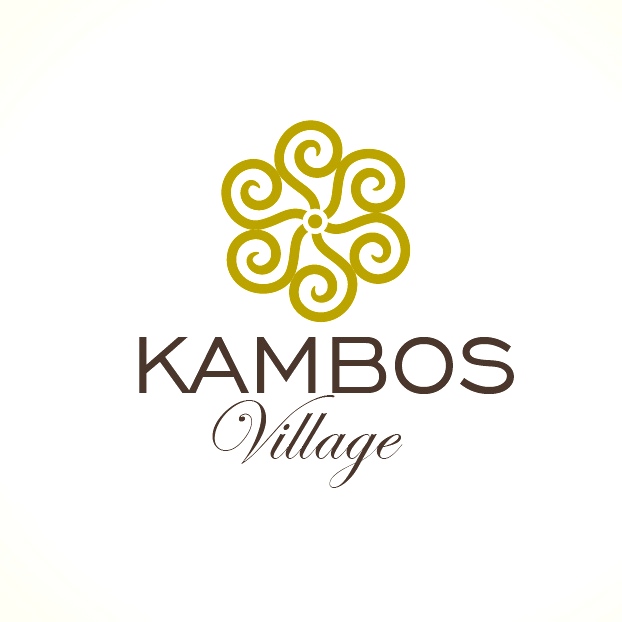Lissos
Lissos: An ancient city in South Crete with notable history
Lissos is an ancient coastal city located in South Crete in a short distance west of Sougia.
Lissos was one of the two harbours of the big ancient city of Elyros – the other harbour of Elyros was Syia, very close to present day Sougia.
Lissos – the beach and getting there
The beach at Lissos is small, in contrast to the big beach at Sougia, and with characteristic big pebbles. It is relatively open to the sea and affected by the winds.
There are no amenities offered on the beach of Lissos, like cafes, taverns or tourist lodgings, as it is near an archaeological site.
There are no roads to Lissos. The best way to get there is by boat from Sougia. The trip is pleasant and lasts only about 20 minutes.
If you enjoy walking, you can get to Lissos on foot by Sougia in about 1,5 to 2 hours. The path from Sougia to Lissos is relatively easy, and starts at the small harbour of Sougia. At first, for about 30 minutes, you walk along a small gorge. Then you start ascending a hill above Sougia, which offers splendid view at the surrounding area. You continue along the path until you see Lissos lying below the hill.
Lissos – a historic location with plenty of findings
In ancient times, Lissos was a prosperous city, as excavations have shown.
Lissos was one of the few cities in ancient Crete that had its own coin. The coin of Lissos depicted the head of goddess Artemis, which was worshipped in the city, on one side, and a dolphin on the other side. Some other coins found depicted a flying dove on one side and an eight-ray star with the name “Lision” (meaning “of Lissos” in ancient Greek) on the other side.
In Lissos, the excavations unearthed the biggest number of sculptures, large or small, than in any other ancient city in Crete, except from Gortys, the Roman capital of Crete. Today, these sculptures are exhibited in two separate museums in Crete, the Archaeological Musem of Chania and the Archaeological Musem of Heraklion.
Also, the excavations in Lissos brought to light a theatre, an aqueduct, a cemetery, but the most impressive – and important – ancient building of all was the temple of Asclepius, or Asclepion.
The Asclepion of Lissos was possibly the main reason for the wealth of the city. In ancient Greece, the temples of Asclepius, the god of medicine, were what hospitals are in our present-day society. In the Asclepion, many people from all over the surrounding region came to be healed. In ancient times, the waters of Lissos were considered medicinal and in the Asclepion many illnesses were cured by methods of what we call today holistic medicine. The Asclepion of Lissos was finally destroyed in an earthquake, but its floor has been saved, which has a mosaic showing animals and geometrical patterns of the time.
During the Roman and first Byzantine periods Lissos was still a thriving city. It is worth noting that in the Byzantine era the city was a bishop’s seat, which was a privilege of the most important cities of the time.
Lissos is an impressive ancient city, with its remnants – columns and half-ruined buildings – scattered around the area of the archaeological site. Its proximity to Sougia, and the pleasurable trip to the ancient city, either by boat or on foot, makes Lissos an especial place to visit when being in Southwest Crete.
Back to the Traveller’s Guide to Chania >>







